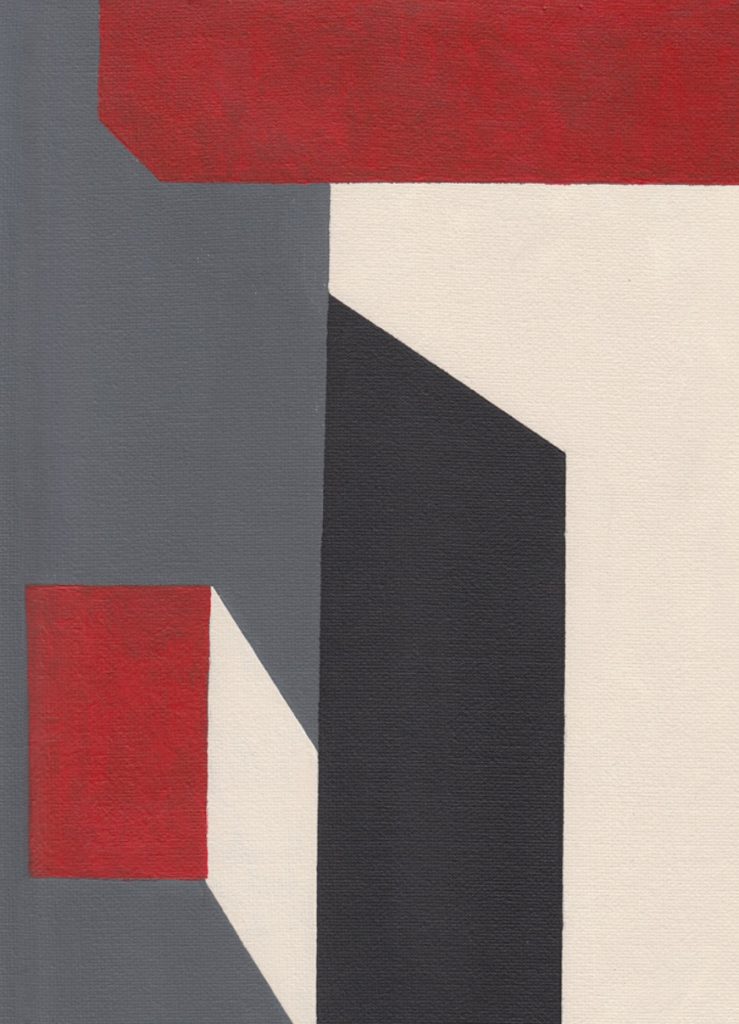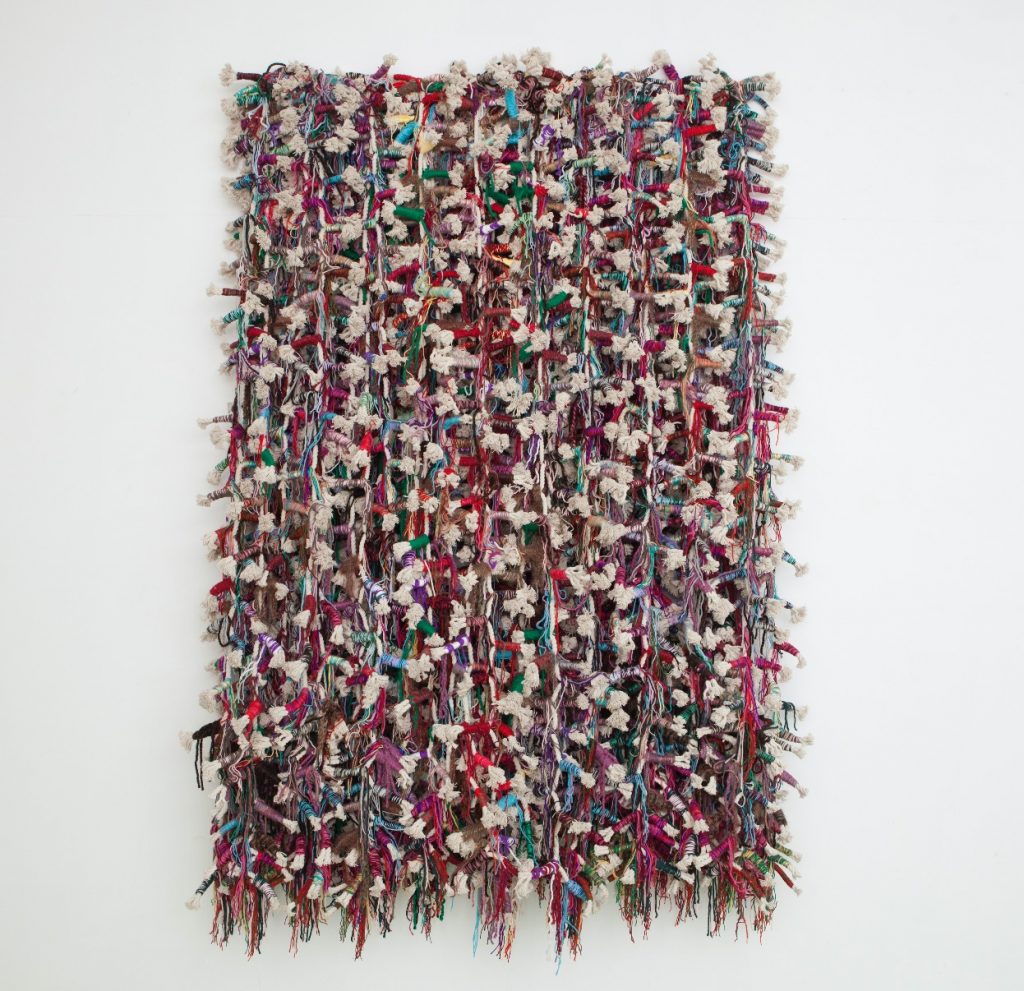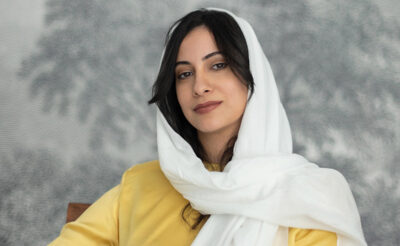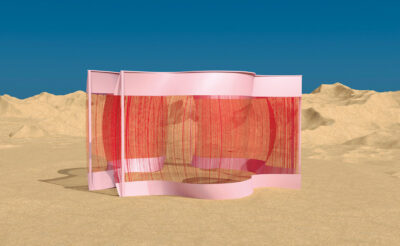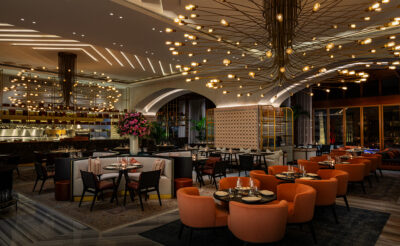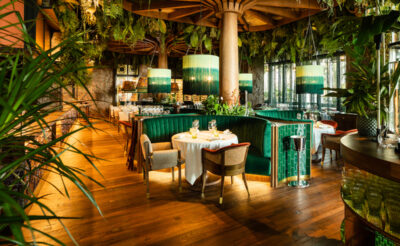I first met Hassan Sharif in early 2008, soon after the creation of The Flying House, a non-profit gallery at the Dubai International Financial Centre, which he co-founded with a group of Emirati artists and longtime friends, including his brother Abdulraheem Sharif, and Dutch artist and curator, Jos Clevers. It was early in the afternoon on a Saturday; Hassan was living, as well as working, at The Flying House and was enjoying a traditional lunch with his friends.
I was appointed curator for the ‘foundation’, where I served until late 2012 and developed a deep friendship with Hassan, as well as his peers. Over the years, I was incorporated into their group. The atmosphere around him would always be warm and welcoming, and I immediately felt that I was a part of something. Hassan worked in multiple media: Paintings, drawings, accumulations of objects, performance and experimental work have all been subjects of interest and exploration for him at different times throughout his career.
He was an extremely generous man and artist – he never refused time to others, nor did he have an attitude towards younger or less experienced artists. He was devoted to his practice: His day would be equally divided between creating his artwork, reading and writing, and meeting with close friends and colleagues. Hassan also had immense cultural knowledge in many disciplines, which was not exclusively limited to the visual arts, and he would share this knowledge with his peers and educate them, while also being able to receive and absorb their own experience. It’s a rare ability; that of being open, receptive and in the present, as Hassan used to be with everything that he did. He was selective, of course, with both his activities and friends, but fully committed to those in his circle.
When I think back on my time with Hassan, my fondest memories are of the long conversations I enjoyed with him. We would move from one subject to another, but our discussions would mostly involve our art-making and other artists’ practices. All our conversations were intense, in addition to being genuine and extremely enriching. He had a very special outlook on things and would introduce an intellectual twist in the dialogue that would become enlightening, either immediately or retrospectively.
He also had an amazing sense of humour, which he profusely exemplified in the caricatures he drew between 1973 and 1979, before moving to London in pursuit of his studies. During this time, he was a cartoonist and a critical commentator of political and societal changes in the United Arab Emirates (UAE), as well as the Arab world at large. It’s surprising, looking back at the series of nearly 2,000 caricatures he produced in these years, to notice how he anticipated many of the developments that we are experiencing now, as a result of the enormous changes the region has undergone since then.
When he was in London, Hassan quickly gained popularity within a group of his peers and among his teachers. He was particularly influenced by abstract painter Tam Giles, who was head of experimental art at Byam Shaw School, now part of Central Saint Martins, a world-leading centre for art and design. He was Hassan’s professor in the early Eighties and still remembered him years later. They reconnected in 2010 to 2011, at a time when we were working on his monograph, which was launched at the Venice Biennale 2011.
However, the most important accomplishments of a creative’s life may not necessarily coincide with the most successful moments of their artistic career. Born in 1951, Hassan didn’t have an easy life, but he had a strong level of self-confidence, particularly in being able to showcase the validity of his reasoning He played an essential educational role in the UAE, both in terms of mentoring a second generation of Emirati artists and informing an audience about the local and international contemporary art scene. This, in my opinion, is one of the greatest contributions to which we are all indebted. It is also one of Hassan’s most towering accomplishments, although it’s not as frequently recognised.
Hassan passed away aged 65 in September last year. A few months afterwards, I was approached by Art Dubai to curate a show to honour his memory. Julius Baer wanted to pay tribute to Hassan’s legacy, which spans more than four decades, in an exhibition that would later be titled Homage Without An Homage. Pieces spanning different generations have been acquired from artists who have either been mentored, influenced or inspired by Hassan’s practice and teaching.
It is, for me, a privilege to be offered the opportunity to curate Homage Without An Homage. Hassan was my friend, besides being an artist of exceptional vigour and clarity, and he had an enormous impact on me personally. From an artistic perspective, he anticipated and introduced at a very early stage a conceptual approach to the visual arts in the region. He has been a true pioneer with regards to multiple aspects of his career, especially with the introduction of performance and experimental art in the Gulf and the Middle East.
Curating the show from the perspective of legacy was a way to pay tribute to Hassan’s exceptional influence over many generations of Emirati artists, as well as many international artists who were privileged enough to have the chance, at different times in Hassan’s life, to be close to him. All the artists who were invited to be part of the show have been extremely generous and responsive, and have fully embraced the idea of paying tribute to a great artist, who also happened to be a great man.
Lead Image: Cristiana de Marchi photographed with her friend and colleague, the late Emirati artist Hassan Sharif, in Venice, Italy
